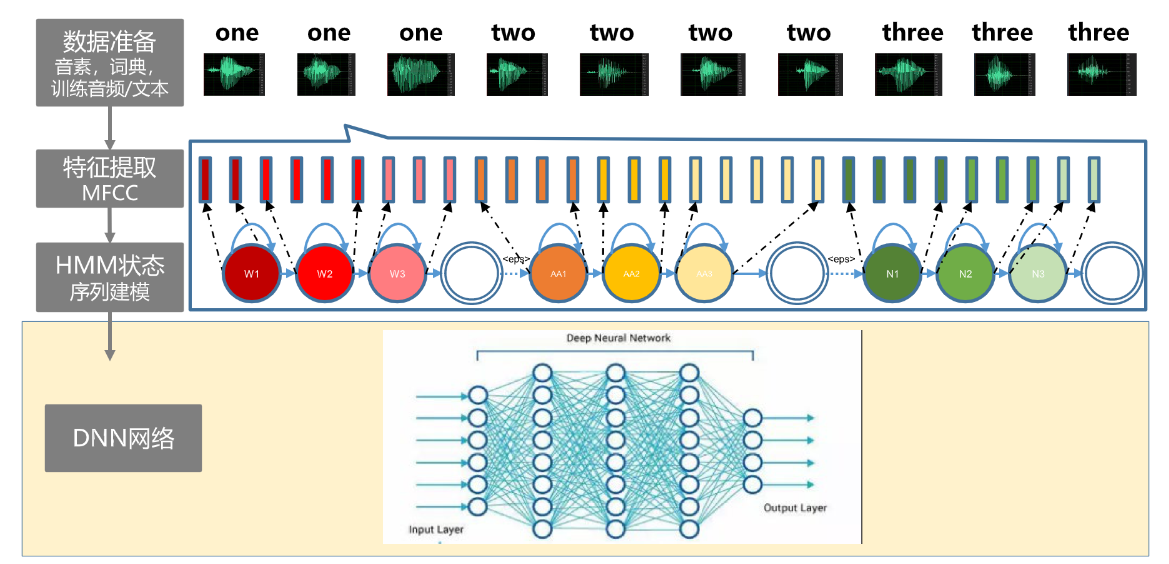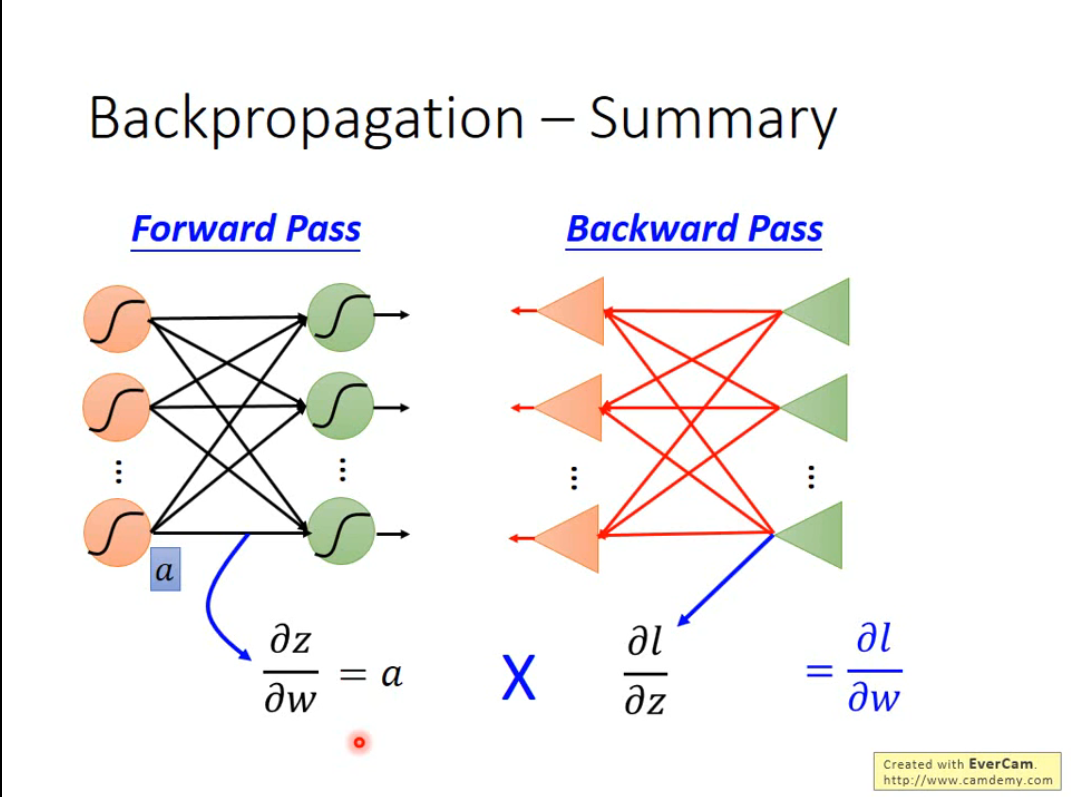1
2
3
4
5
6
7
8
9
10
11
12
13
14
15
16
17
18
19
20
21
22
23
24
25
26
27
28
29
30
31
32
33
34
35
36
37
38
39
40
41
42
43
44
45
46
47
48
49
50
51
52
53
54
55
56
57
58
59
60
61
62
63
64
65
66
67
68
69
70
71
72
73
74
75
76
77
78
79
80
81
82
83
84
85
86
87
88
89
90
91
92
93
94
95
96
97
98
99
100
101
102
103
104
105
106
107
108
109
110
111
112
113
114
115
116
117
118
119
120
121
122
123
124
125
126
127
128
129
130
131
132
133
134
135
136
137
138
139
140
141
142
143
144
145
146
147
148
149
150
151
152
153
154
155
156
157
158
159
160
161
162
163
164
165
166
167
168
169
170
171
172
173
174
175
176
177
178
179
180
181
182
183
184
185
186
187
188
189
190
191
192
193
194
195
196
197
198
199
200
201
202
203
204
205
206
207
208
209
210
211
212
213
214
215
216
217
218
219
220
221
222
223
224
225
226
227
228
229
230
231
232
233
234
235
236
237
238
239
240
241
242
243
244
245
246
247
248
249
250
251
252
253
254
255
256
257
258
259
260
261
262
263
264
265
266
267
268
269
270
271
272
273
274
275
276
277
278
279
280
281
282
283
284
285
286
287
288
289
290
291
|
import math
import matplotlib
import matplotlib.pyplot as plt
import numpy as np
import kaldi_io
from utils import *
targets_list = ['Z', '1', '2', '3', '4', '5', '6', '7', '8', '9', 'O']
targets_mapping = {}
for i, x in enumerate(targets_list):
targets_mapping[x] = i
def plot_loss(avg_loss, filename):
fig = plt.figure(figsize=(20, 10))
plt.plot(avg_loss)
plt.xlabel('epochs')
plt.ylabel('loss')
plt.savefig(filename)
plt.show()
class Layer(object):
def forward(self, input):
''' Forward function by input
Args:
input: input, B * N matrix, B for batch size
Returns:
output when applied this layer
'''
raise 'Not implement error'
def backward(self, input, output, d_output):
''' Compute gradient of this layer's input by (input, output, d_output)
as well as compute the gradient of the parameter of this layer
Args:
input: input of this layer
output: output of this layer
d_output: accumulated gradient from final output to this
layer's output
Returns:
accumulated gradient from final output to this layer's input
'''
raise 'Not implement error'
def set_learning_rate(self, lr):
''' Set learning rate of this layer'''
self.learning_rate = lr
def update(self):
''' Update this layers parameter if it has or do nothing
'''
class ReLU(Layer):
def forward(self, input):
tem_mat = np.maximum(0, input)
assert (tem_mat.shape == input.shape)
return tem_mat.T
def backward(self, input, output, d_output):
d_mat = np.array(d_output, copy=True)
d_mat[input <= 0] = 0
assert (d_mat.shape == input.shape)
return d_mat.T
class FullyConnect(Layer):
def __init__(self, in_dim, out_dim):
self.w = np.random.randn(out_dim, in_dim) * np.sqrt(2.0 / in_dim)
self.b = np.zeros((out_dim, 1))
self.dw = np.zeros((out_dim, in_dim))
self.db = np.zeros((out_dim, 1))
def forward(self, input):
out_mat = np.dot(self.w, input.T) + self.b
assert out_mat.shape == (self.w.shape[0], input.shape[0])
return out_mat
def backward(self, input, output, d_output):
batch_size = input.shape[0]
in_diff = None
self.dw = np.dot(d_output, input) / batch_size
self.db = np.sum(d_output, axis=1, keepdims=True) / batch_size
outt_mat = np.dot(self.w.T, d_output)
assert (outt_mat.shape == input.T.shape)
assert (self.dw.shape == self.w.shape)
assert (self.db.shape == self.b.shape)
in_diff = outt_mat.T
self.dw = self.dw / batch_size
self.db = self.db / batch_size
return in_diff
def update(self):
self.w = self.w - self.learning_rate * self.dw
self.b = self.b - self.learning_rate * self.db
class Softmax(Layer):
def forward(self, input):
_input = input.T
row_max = _input.max(axis=1).reshape(_input.shape[0], 1)
x = _input - row_max
return np.exp(x) / np.sum(np.exp(x), axis=1).reshape(x.shape[0], 1)
def backward(self, input, output, d_output):
''' Directly return the d_output as we show below, the grad is to
the activation(input) of softmax
'''
return d_output
class DNN(object):
def __init__(self, in_dim, out_dim, hidden_dim, num_hidden):
self.layers = []
self.layers.append(FullyConnect(in_dim, hidden_dim))
self.layers.append(ReLU())
for i in range(num_hidden):
self.layers.append(FullyConnect(hidden_dim, hidden_dim))
self.layers.append(ReLU())
self.layers.append(FullyConnect(hidden_dim, out_dim))
self.layers.append(Softmax())
def set_learning_rate(self, lr):
for layer in self.layers:
layer.set_learning_rate(lr)
def forward(self, input):
self.forward_buf = []
out = input
self.forward_buf.append(out)
for i in range(len(self.layers)):
out = self.layers[i].forward(out)
self.forward_buf.append(out)
assert (len(self.forward_buf) == len(self.layers) + 1)
return out
def backward(self, grad):
'''
Args:
grad: the grad is to the activation before softmax
'''
self.backward_buf = [None] * len(self.layers)
self.backward_buf[len(self.layers) - 1] = grad
for i in range(len(self.layers) - 2, -1, -1):
grad = self.layers[i].backward(self.forward_buf[i],
self.forward_buf[i + 1],
self.backward_buf[i + 1].T)
self.backward_buf[i] = grad
def update(self):
for layer in self.layers:
layer.update()
def one_hot(labels, total_label):
output = np.zeros((labels.shape[0], total_label))
for i in range(labels.shape[0]):
output[i][labels[i]] = 1.0
return output
def train(dnn):
utt2feat, utt2target = read_feats_and_targets('train/feats.scp',
'train/text')
inputs, labels = build_input(targets_mapping, utt2feat, utt2target)
num_samples = inputs.shape[0]
permute = np.random.permutation(num_samples)
inputs = inputs[permute]
labels = labels[permute]
num_epochs = 200
batch_size = 100
avg_loss = np.zeros(num_epochs)
for i in range(num_epochs):
cur = 0
while cur < num_samples:
end = min(cur + batch_size, num_samples)
input = inputs[cur:end]
label = labels[cur:end]
out = dnn.forward(input)
one_hot_label = one_hot(label, out.shape[1])
loss = -np.sum(np.log(out + 1e-20) * one_hot_label) / out.shape[0]
grad = out - one_hot_label
dnn.backward(grad)
dnn.update()
print('Epoch {} num_samples {} loss {}'.format(i, cur, loss))
avg_loss[i] += loss
cur += batch_size
avg_loss[i] /= math.ceil(num_samples / batch_size)
plot_loss(avg_loss, 'loss.png')
def test(dnn):
utt2feat, utt2target = read_feats_and_targets('test/feats.scp',
'test/text')
total = len(utt2feat)
correct = 0
for utt in utt2feat:
t = utt2target[utt]
ark = utt2feat[utt]
mat = kaldi_io.read_mat(ark)
mat = splice(mat, 5, 5)
posterior = dnn.forward(mat)
posterior = np.sum(posterior, axis=0) / float(mat.shape[0])
predict = targets_list[np.argmax(posterior)]
if t == predict: correct += 1
print('label: {} predict: {}'.format(t, predict))
print('Acc: {}'.format(float(correct) / total))
def main():
np.random.seed(777)
dnn = DNN(429, 11, 128, 1)
dnn.set_learning_rate(1e-2)
train(dnn)
test(dnn)
if __name__ == '__main__':
main()
|





